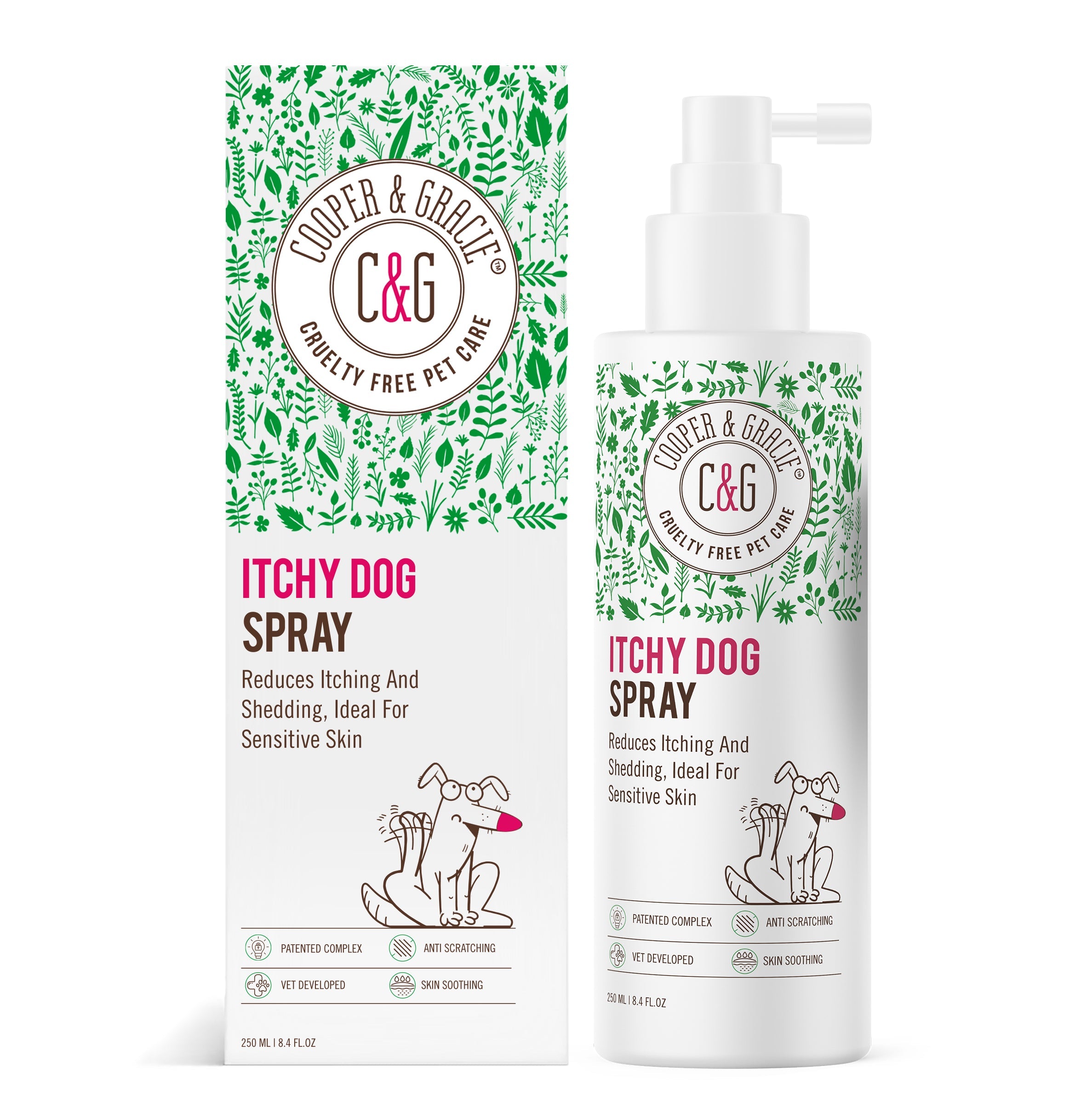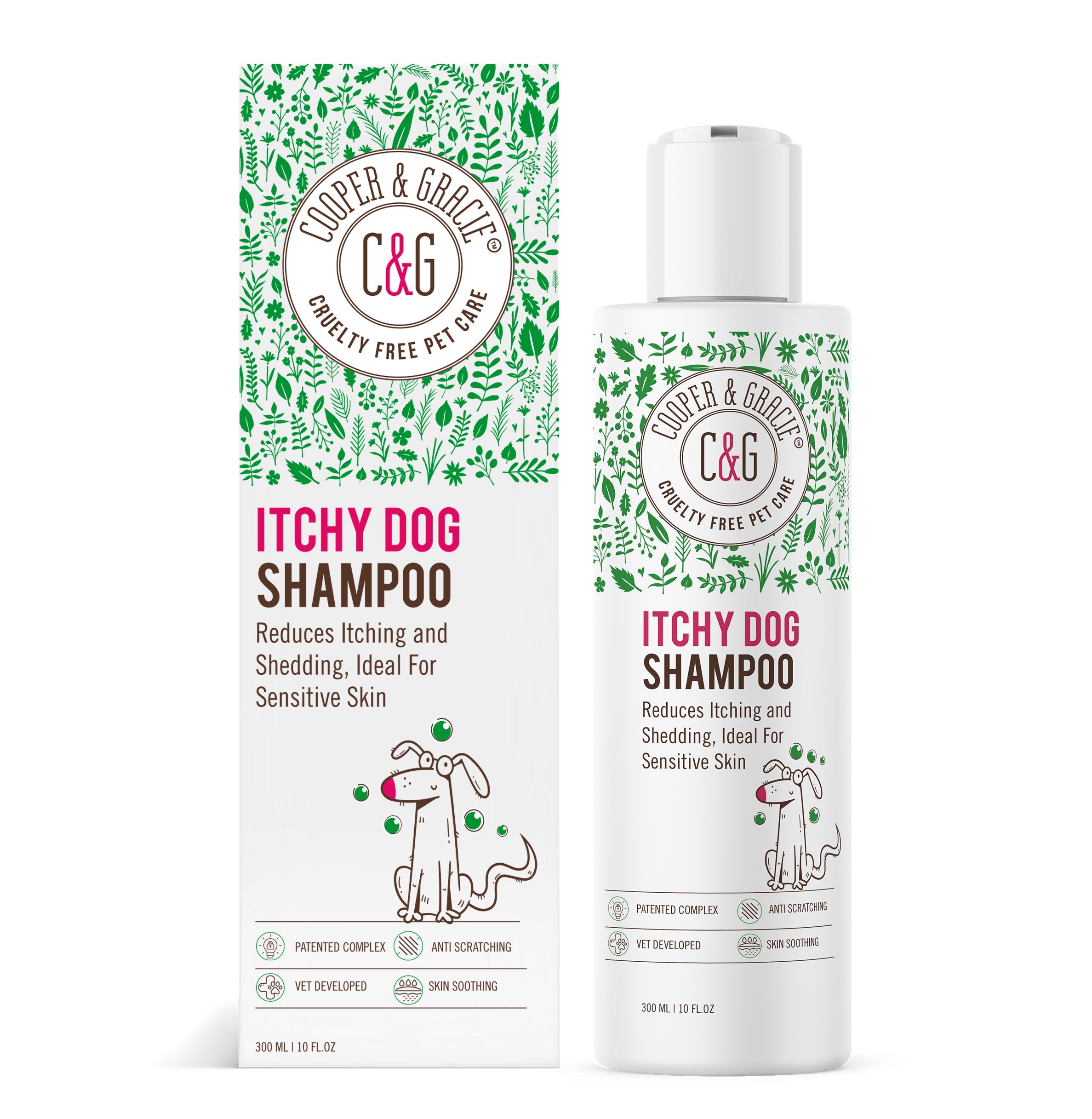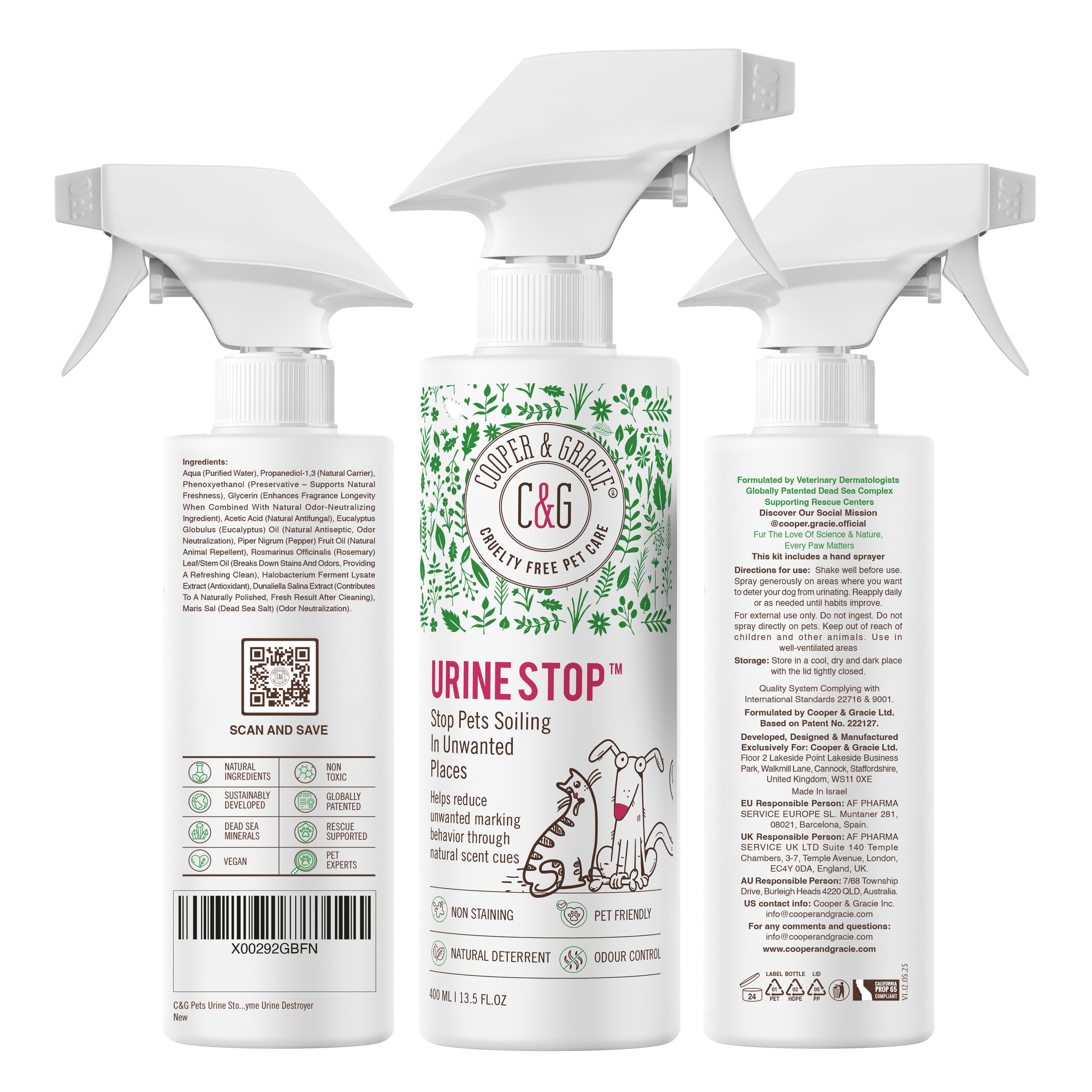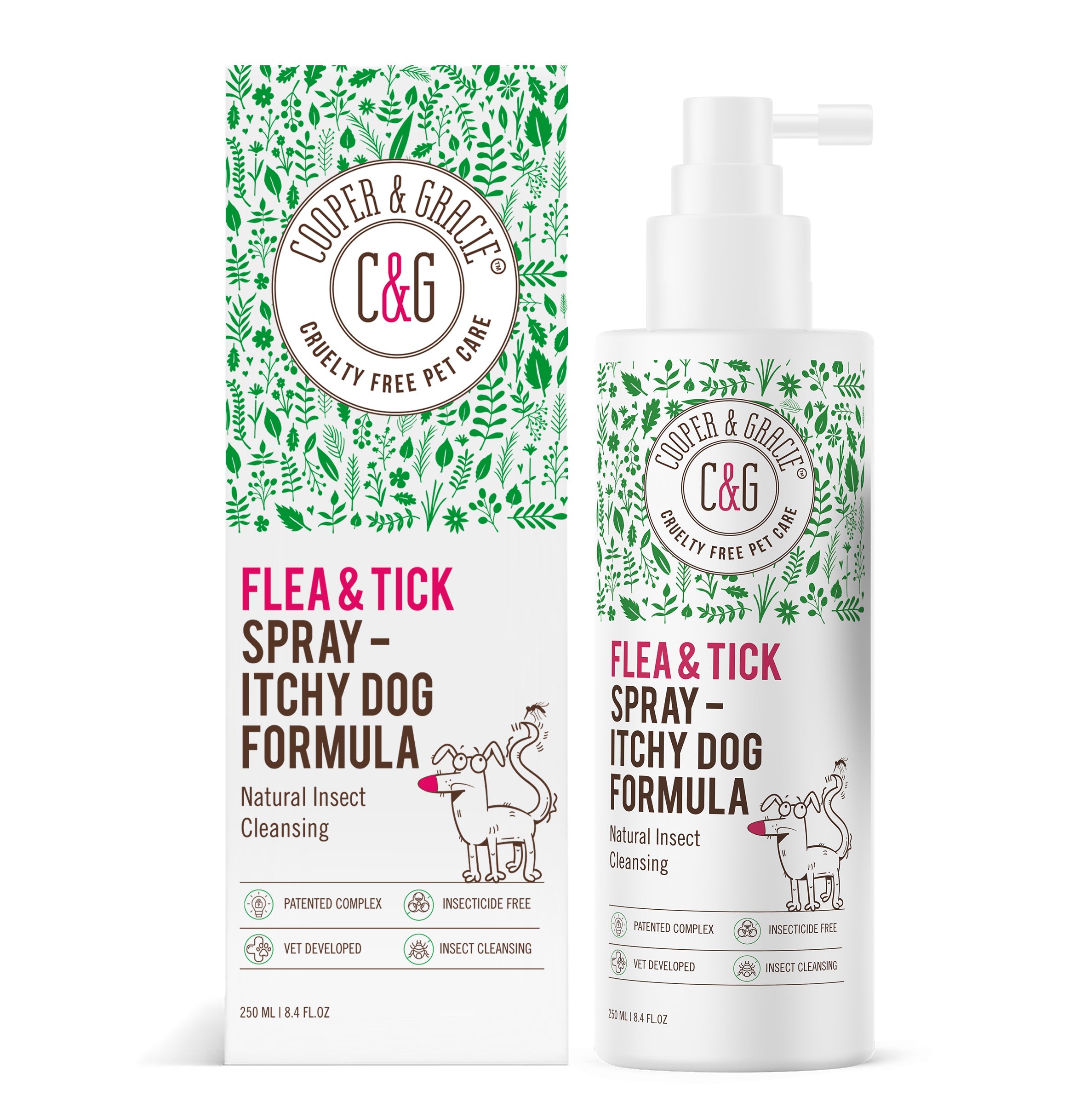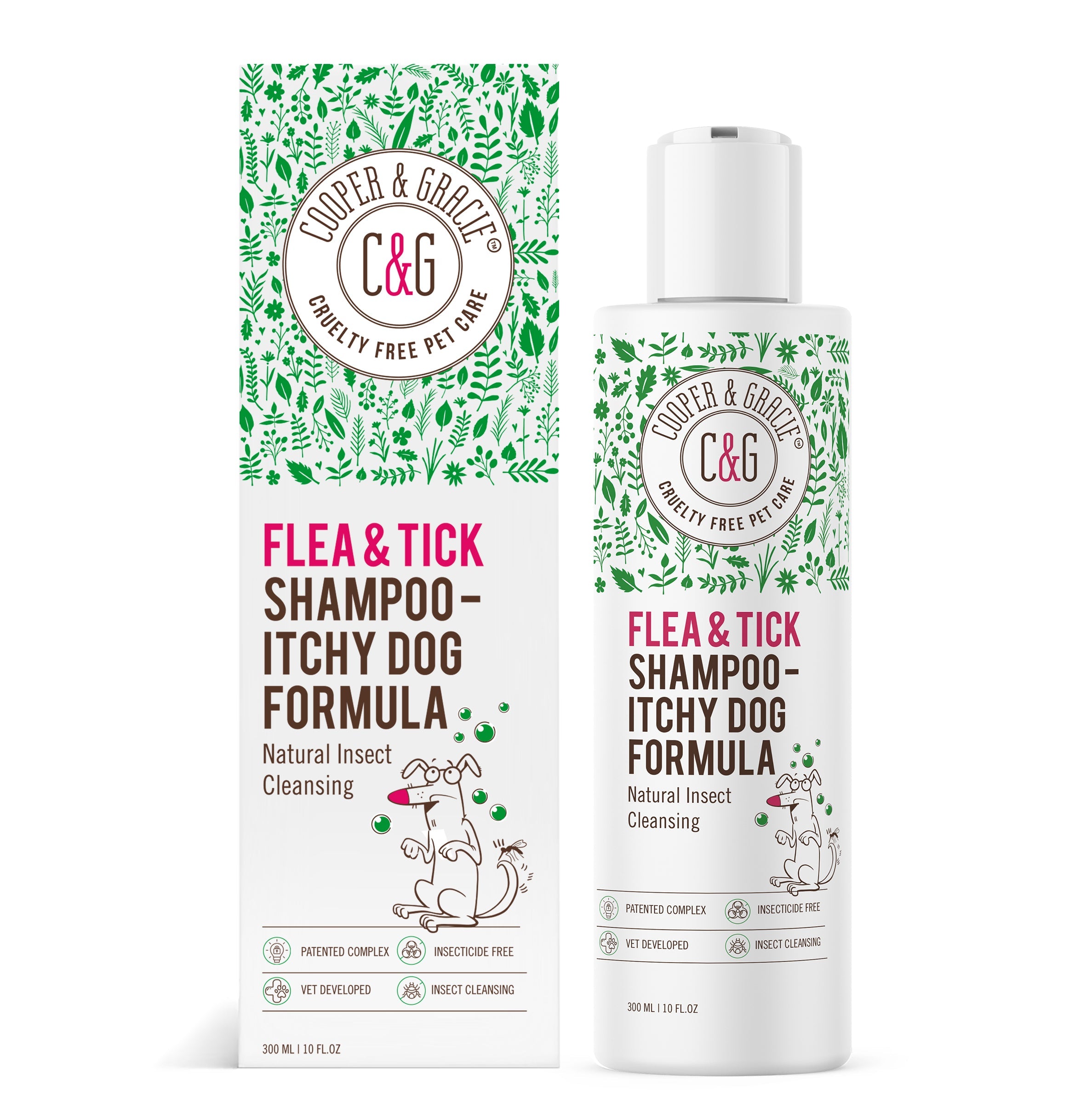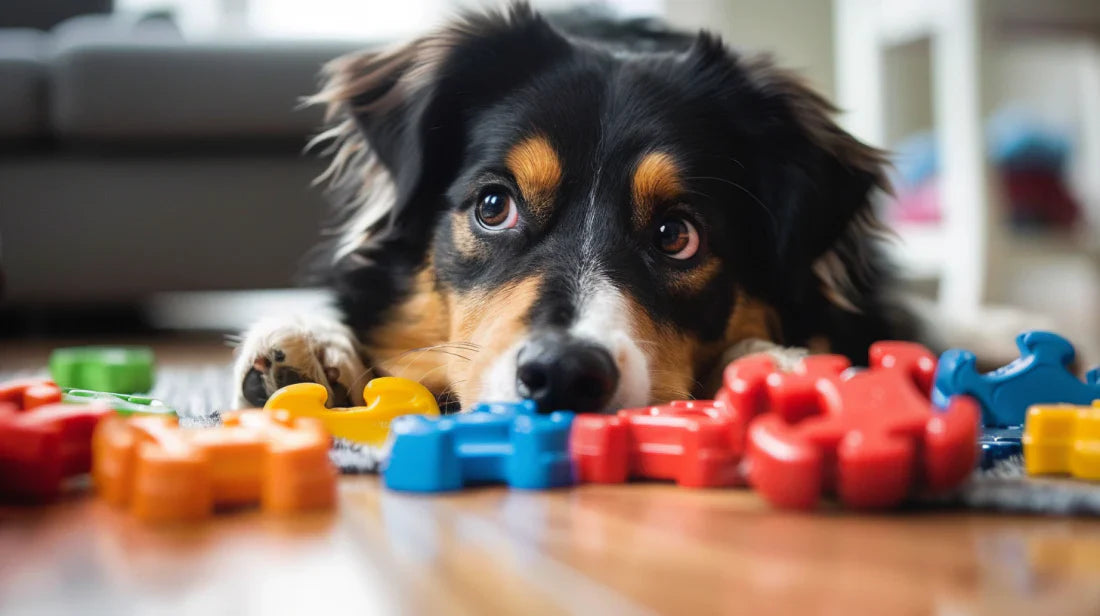Dogs are not just pets; they're members of our families. As responsible pet owners, it's our duty to ensure they live fulfilling and happy lives. One crucial aspect of their well-being that often gets overlooked is enrichment.
Enrichment for dogs goes beyond basic needs like food and shelter; it encompasses activities that stimulate their minds, engage their senses, and keep them physically active. In this article, we'll explore the importance of enrichment for dogs and dive into various activities to keep our furry friends entertained and mentally sharp.
Introduction to Enrichment for Dogs
Importance of Mental Stimulation
Just like humans, dogs thrive on mental stimulation. Engaging their brains with various activities prevents boredom, reduces stress, and fosters a sense of fulfilment. Without adequate mental stimulation, dogs may exhibit undesirable behaviours like excessive barking, destructive chewing, or aggression.
Benefits of Enrichment Activities
Enrichment activities offer a myriad of benefits for dogs. They provide mental exercise, improve problem-solving skills, strengthen the bond between dogs and their owners, and even alleviate separation anxiety. Additionally, enrichment activities can enhance a dog's overall quality of life, leading to a happier and healthier pet.

Types of Enrichment
Enrichment activities can be categorised into three main types: physical, mental, and sensory.
Physical Enrichment
Physical enrichment involves activities that get dogs moving and keep them physically fit.
Outdoor Adventures
Taking your dog for regular walks, hikes, or runs in the park allows them to explore new environments, smell different scents, and socialise with other dogs.
Interactive Toys
Toys that encourage physical activity, such as balls, frisbees, or rope toys for tug-of-war, provide both mental stimulation and exercise.
Agility Training
Engaging in agility courses or setting up DIY obstacle courses in your backyard challenges your dog's physical abilities and strengthens their muscles.
Mental Enrichment
Mental enrichment focuses on activities that stimulate a dog's cognitive abilities and problem-solving skills.
Puzzle Toys
Interactive puzzle toys, where dogs have to manipulate objects to access treats, keep their minds engaged and provide hours of entertainment.
Training Sessions
Regular training sessions teach new commands, tricks, or agility skills, stimulating your dog's brain and strengthening the bond between you.
Food Dispensing Games
Using food-dispensing toys or creating scavenger hunts around the house encourages dogs to use their noses and brains to find their meals.
Sensory Enrichment
Sensory enrichment engages a dog's senses of smell, sight, hearing, taste, and touch.
Scent Games
Hiding treats or toys around the house or in the yard taps into a dog's natural hunting instincts and provides mental stimulation through scent detection.
Novel Objects
Introducing new and safe objects for your dog to explore, such as different textures, sounds, or tastes, keeps their senses sharp and curious.
Nature Walks
Taking your dog to new outdoor environments, like forests or beaches, exposes them to a variety of sights, sounds, and smells, enriching their sensory experiences.
Creating an Enrichment Routine
Understanding your dog's needs
Before diving into enrichment activities, it's essential to understand your dog's individual needs. Consider factors such as breed, age, energy level, and personality traits to tailor activities accordingly.
Scheduling enrichment sessions
Establish a consistent schedule for enrichment sessions to ensure your dog receives regular mental and physical stimulation. Allocate time each day for activities and incorporate them into your daily routine.
Rotating activities
Keep your dog engaged by rotating enrichment activities regularly. Introduce new challenges, toys, and experiences to prevent boredom and maintain excitement during each session.
DIY Enrichment Ideas
Homemade puzzle toys
Get creative with household items to create homemade puzzle toys. Use cardboard boxes, plastic bottles, or muffin tins to hide treats and engage your dog's problem-solving skills.
DIY sensory garden
Transform a corner of your garden into a sensory haven for your dog. Plant pet-friendly herbs, flowers, and grasses for them to explore with their senses.
Interactive feeding stations
Turn mealtime into a stimulating activity by using interactive feeding stations. Incorporate puzzle feeders, slow-feed bowls, or scatter food around the house for your dog to search and find.
Enrichment for Different Dog Breeds
Tailoring activities to breed characteristics
Understanding your dog's breed characteristics is essential when selecting enrichment activities. Different breeds have been bred for specific purposes, and their natural instincts and traits influence the types of activities they enjoy and excel at. Here's how you can tailor enrichment activities to suit your dog's breed:
Herding Breeds
Herding breeds, such as Border Collies, Australian Shepherds, and German Shepherds, have a strong instinct to herd and work closely with their owners. To cater to their natural inclinations, consider activities that stimulate their minds and provide opportunities for physical exercise. Examples include:
- Agility Courses: Set up agility courses with obstacles like tunnels, jumps, and weave poles to challenge their agility and problem-solving skills.
- Herding Trials: Participate in herding trials or classes where your dog can practice herding skills in a controlled environment.
- Interactive Toys: Use interactive toys that mimic herding behaviour, such as balls or frisbees that can be "herded" or rounded up.
Scent Hounds
Scent hounds, like Beagles, Bloodhounds, and Basset Hounds, have an exceptional sense of smell and love to follow scents. Engage their olfactory senses with activities that tap into their natural abilities. Examples include:
- Scent Games: Hide treats or toys around the house or in the garden for your dog to find using their nose. You can gradually increase the difficulty by hiding them in more challenging locations.
- Tracking Exercises: Set up scent trails for your dog to follow, either indoors or outdoors. Use scented articles or treats to create a trail for them to sniff out.
- Nose Work Classes: Enrol your dog in nose work classes where they can learn to search for specific scents in various environments, building confidence and mental stimulation.
Toy Breeds
Toy breeds, such as Pugs, Yorkshire Terriers, and Chihuahuas, may have different exercise and activity requirements compared to larger breeds. Tailor enrichment activities to suit their size and energy levels. Examples include:
- Short Walks: Take your toy breed for short, frequent walks to provide exercise and mental stimulation without overexerting them.
- Indoor Games: Engage them in indoor games like fetch or hide-and-seek using soft toys or treats. These activities can be adapted to suit their smaller size and indoor living arrangements.
- Snuffle Mats: Provide a snuffle mat for your toy breed to forage for treats or kibble, stimulating their natural instincts to search and scavenge.
By understanding and catering to your dog's breed characteristics, you can ensure they receive enrichment activities that align with their natural inclinations and provide maximum enjoyment and benefit.
Examples for Different Breeds
Tailoring enrichment activities to suit different dog breeds is crucial for ensuring they are engaged, stimulated, and fulfilled. Here are specific examples of enrichment activities tailored to popular dog breeds:
Border Collie
- Obedience Training: Border Collies thrive on mental stimulation and excel in obedience training. Teach them new commands and tricks to challenge their intelligence and maintain focus.
- Fetch Games: Utilise their herding instincts by playing fetch with a ball or frisbee. Incorporate training elements like recall or directional commands to enhance the game.
- Puzzle Toys: Provide puzzle toys that require problem-solving skills to access treats or food. This engages their minds and satisfies their need for mental stimulation.
Labrador Retriever
- Water Retrieval: Take advantage of the Labrador's love for water by engaging in water retrieval games. Throw toys or balls into the water for them to retrieve, combining exercise with fun. Always be cautious around water with your dog.
- Retrieving Games: Use retrieving toys like balls or bumper toys for land-based retrieval games. Incorporate obedience commands like "sit" and "stay" before releasing them to retrieve the item.
- Scent Work: Despite being known for their retrieving abilities, Labradors also excel in scent work. Hide scented items or treats for them to find, tapping into their keen sense of smell.
Bulldog
- Chew Toys: Bulldogs have a natural inclination to chew, making chew toys an excellent enrichment activity. Provide durable, safe chew toys to satisfy their chewing instincts and prevent boredom.
- Interactive Feeding Toys: Use interactive feeding toys or puzzle feeders to make mealtime more engaging for Bulldogs. This not only provides mental stimulation but also slows down their eating pace.
- Short Walks: Due to their brachycephalic (short-nosed) breed characteristics, Bulldogs may have difficulty with strenuous exercise. Opt for short, leisurely walks to provide physical activity without overexertion.
By tailoring enrichment activities to suit the specific needs and characteristics of different dog breeds, you can ensure they receive appropriate mental and physical stimulation tailored to their individual preferences and abilities.
Overcoming Challenges
Lack of time
Even with a busy schedule, find small pockets of time to engage in enrichment activities with your dog. Incorporate quick training sessions or interactive toys during breaks to keep them mentally stimulated.
Budget constraints
Enrichment doesn't have to break the bank. Look for affordable or DIY options for toys and activities. Repurpose household items or explore free outdoor activities like nature walks.
Behavioural issues
Enrichment can address behavioural issues by providing an outlet for excess energy and mental stimulation. Consult with a professional trainer or behaviourist for personalised advice and guidance.
The Role of Enrichment in Behavioural Health
Reducing boredom and destructive behaviour
Enrichment activities alleviate boredom and prevent destructive behaviours such as chewing, digging, or excessive barking. Mental stimulation keeps dogs engaged and content.
Enhancing overall well-being
Regular enrichment contributes to a dog's overall well-being by promoting physical exercise, mental stimulation, and emotional fulfilment. It boosts their confidence, reduces stress, and strengthens the bond with their owner.
Enrichment for Special Cases
Senior dogs
Adjust enrichment activities for senior dogs by focusing on low-impact exercises and cognitive stimulation. Gentle walks, puzzle toys, and massage sessions can support their ageing bodies and minds.
Dogs with disabilities
Modify enrichment activities to accommodate dogs with disabilities. Use sensory toys, scent games, or adapted agility courses to provide mental and physical stimulation while considering their specific needs.
Rescue dogs
Enrichment plays a crucial role in the rehabilitation of rescue dogs. Slowly introduce them to new experiences, build trust through positive reinforcement, and offer activities that cater to their individual backgrounds and personalities.
Integrating Enrichment into Daily Life
Making enrichment a habit
Incorporate enrichment activities into your daily routine to make them a natural part of your dog's life. Schedule regular walks, training sessions, and playtime to keep them engaged and fulfilled.
Incorporating enrichment into routines
Find opportunities to enrich your dog's environment throughout the day. Use mealtime as a training session, incorporate toys into playtime, and vary walking routes to provide new experiences.
Monitoring Progress and Adapting Activities
Observing behaviour changes
Pay attention to your dog's behaviour and mood during enrichment activities. Look for signs of enjoyment, engagement, or frustration, and adjust activities accordingly to keep them challenged and happy.
Adjusting enrichment strategies
Be flexible in your approach to enrichment and adapt activities based on your dog's preferences and abilities. Experiment with different toys, games, and experiences to find what resonates best with your furry friend.
Conclusion
In conclusion, enrichment activities play a vital role in the overall well-being and happiness of our canine companions. By providing mental stimulation, physical exercise, and opportunities for natural behaviours, we can help our dogs lead fulfilling lives.
Embracing this journey of enrichment not only enhances our dogs' quality of life but also strengthens the bond we share with them. Let's embark on this journey together, creating lasting memories and a happier, healthier life for our beloved furry friends.
